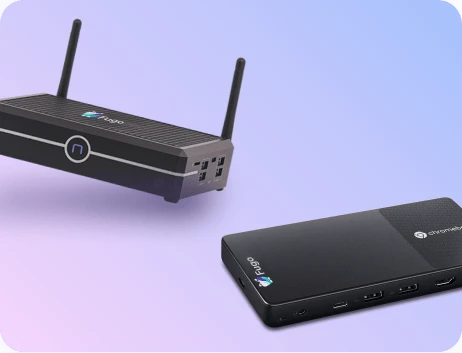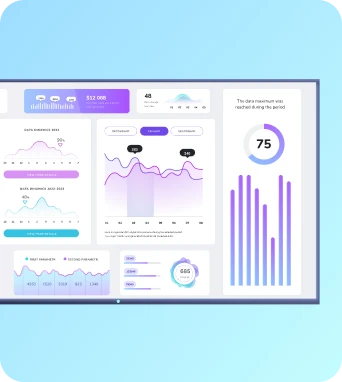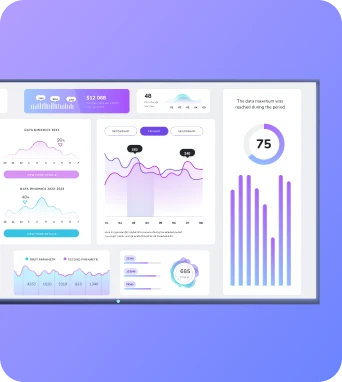Biometric-triggered content
Biometric-triggered content uses biometric inputs such as facial analysis, voice, gait or gesture detection to adapt what displays on digital signage and TV dashboards in real time. It enables personalised messaging, contextual information or access prompts while imposing strict requirements for consent, data protection and secure integration into signage networks.
Biometric-triggered content
How biometric-triggered content works
Biometric-triggered content relies on three core components: sensors to capture biometric signals, processing to interpret those signals, and a content-management layer that decides what to show. Sensors may include cameras for facial or gesture recognition, microphones for voice cues, or motion sensors for proximity and gait detection. In many practical deployments the raw sensor feed is processed on an edge device to extract metadata such as presence, estimated demographic attributes, or recognised gestures. This approach minimises bandwidth, reduces latency and limits transfer of sensitive raw data to central systems. The processed metadata is then mapped to content rules within the signage platform. Rules might be simple — for example, show a welcome screen when movement is detected, switch to a targeted ad when a face is identified as within a demographic range, or display wayfinding when a hand-raise gesture is seen. More advanced setups combine multiple cues and contextual data sources such as schedule, location or occupancy to determine the most appropriate content. Integration patterns commonly used in Fugo deployments include webhooks, local SDKs, and lightweight middleware that translates sensor outputs into Fugo content triggers or playlist changes. Reliable detection, failover behaviour and clear logging are essential for operational stability; where detection fails, the system should revert gracefully to default signage.
Privacy, compliance and operational best practice
Because biometric data is sensitive, deployments must follow legal, ethical and organisational requirements. A privacy-first architecture typically processes biometric signals locally and stores only non-identifying metadata or aggregated analytics. Clear signage, opt-in mechanisms and explicit consent workflows are important in public or semi-public environments. Data minimisation principles should drive design: retain only what is necessary for the display logic, set short retention windows for any logs, and document access controls. For workplaces and internal dashboards, communicate policies to employees and provide opt-out options where feasible. Regulatory frameworks such as GDPR impose obligations around lawful basis, transparency and data subject rights. Operators should carry out Data Protection Impact Assessments (DPIAs) for deployments that involve biometric processing, specify retention and deletion policies, and ensure processors and integrators are contractually bound to appropriate safeguards. Technical measures include edge-only processing, encryption of any transmitted metadata, role-based access to dashboards, and anonymisation where possible. From an operational perspective, test systems under realistic lighting and traffic conditions, monitor false positives and negatives, and design fallback content. Accessibility and inclusivity should also be considered, ensuring content remains useful to people who choose not to be detected or for whom biometric detection is ineffective.
Deployment considerations for Fugo users
Keep the learning going...
Biometric analytics for signage
Biometric analytics for signage applies sensors and software to capture anonymised physical and behavioural cues—such as gaze direction, estimated age range, gender probability and dwell time—from viewers of digital signage and TV dashboards to measure attention, optimise content relevance and report audience engagement without storing identifiable biometric templates.
Biometric audience tracking
Biometric audience tracking is the automated measurement of viewer characteristics and engagement at public displays using biometric signals such as facial features, gaze direction, and dwell time. In digital signage it estimates anonymised demographics and attention metrics to inform content decisions and measure campaign reach without storing personal identifiers.
Blue light reduction displays
Blue light reduction displays are screens tuned or filtered to reduce short-wavelength blue light emission while preserving legibility and colour integrity. Used in digital signage and TV dashboards they aim to lower visual fatigue for prolonged viewers, support safer shift patterns and align with workplace display comfort practices without compromising message clarity.



